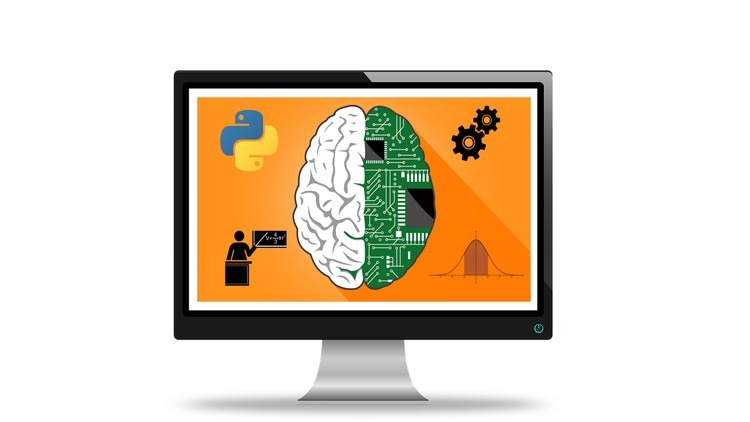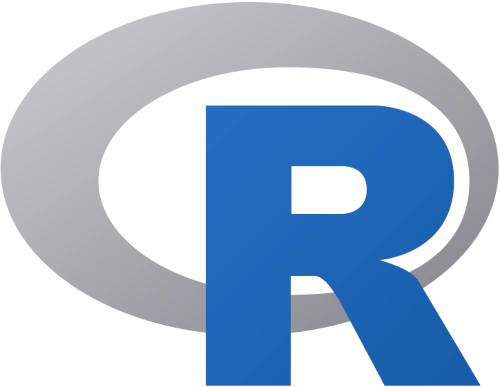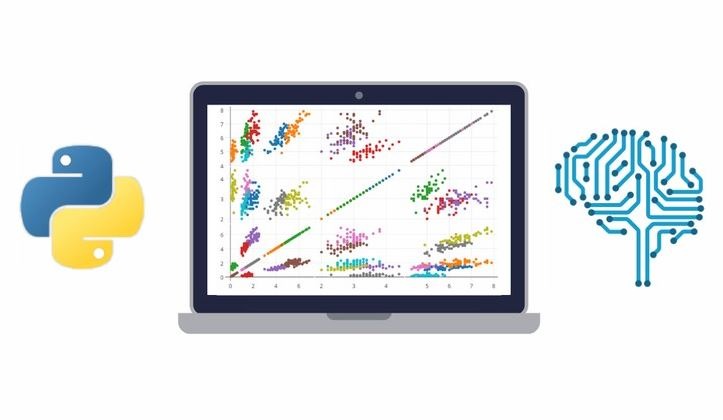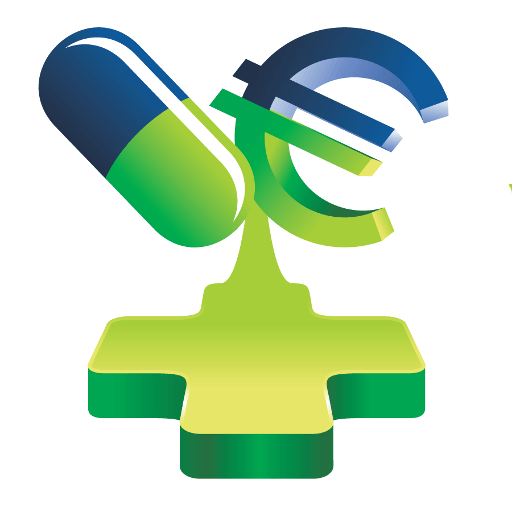Online Course. Take Your R & R Studio Skills To The Next Level. Data Analytics, Data Science, Statistical Analysis in Business, GGPlot2.
What you’ll learn?
-
Perform Data Preparation in R.
-
Identify missing records in dataframes.
-
Locate missing data in your dataframes.
-
Apply the Median Imputation method to replace missing records.
-
Apply the Factual Analysis method to replace missing records.
-
Understand how to use the which() function.
-
Know how to reset the dataframe index.
-
Work with the gsub() and sub() functions for replacing strings.
-
Explain why NA is a third type of logical constant.
-
Deal with date-times in R.
-
Convert date-times into POSIXct time format.
-
Create, use, append, modify, rename, access and subset Lists in R.
-
Understand when to use [] and when to use [[]] or the $ sign when working with Lists.
-
Create a timeseries plot in R.
-
Understand how the Apply family of functions works.
-
Recreate an apply statement with a for() loop.
-
Use apply() when working with matrices.
-
Use lapply() and sapply() when working with lists and vectors.
-
Add your own functions into apply statements.
-
Nest apply(), lapply() and sapply() functions within each other.
-
Use the which.max() and which.min() functions.
Course content
- Welcome To The Course
- Data Preparation
- Lists in R
- “Apply” Family of Functions
- Bonus Lectures
Requirements
-
Basic knowledge of R
-
Knowledge of the GGPlot2 package is recommended
-
Knowledge of dataframes
-
Knowledge of vectors and vectorized operations
Description
Ready to take your R Programming skills to the next level?
Want to truly become proficient at Data Science and Analytics with R?
This course is for you!
Professional R Video training, unique datasets designed with years of industry experience in mind, engaging exercises that are both fun and also give you a taste for Analytics of the REAL WORLD.
In this course you will learn:
- How to prepare data for analysis in R
- How to perform the median imputation method in R
- How to work with date-times in R
- What Lists are and how to use them
- What the Apply family of functions is
- How to use apply(), lapply() and sapply() instead of loops
- How to nest your own functions within apply-type functions
- How to nest apply(), lapply() and sapply() functions within each other
- And much, much more!
The more you learn the better you will get. After every module you will already have a strong set of skills to take with you into your Data Science career.
Who this course is for:
- Anybody who has basic R knowledge and would like to take their skills to the next level
- Anybody who has already completed the R Programming A-Z course
- This course is NOT for complete beginners in R
See more Data Analysis Courses here







